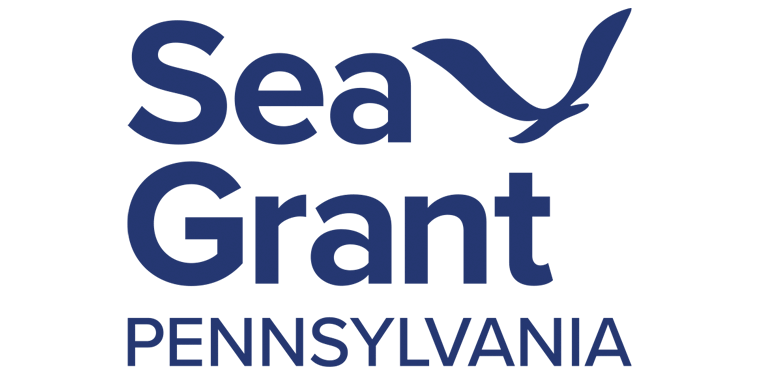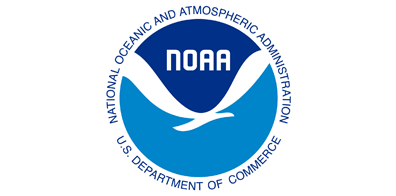PA LEEF – Microplastics
Microplastics in the Great Lakes
April 22, 2025
Microplastics in the Great Lakes and Lake Erie watersheds was the focus of this Pennsylvania Lake Erie Environmental Forum (PALEEF), hosted virtually on April 22, 2025, at 1:00PM Eastern.
Microplastics are small plastic particles less than 5 millimeters in size that pose a long-term threat to the ecological integrity of the Great Lakes, with cascading effects on the environment and potential impacts to human health. They accumulate in the waters of the Great Lakes through sources such as plastic waste, personal care products, synthetic fibers from clothing, and degraded larger plastic debris. The widespread presence of microplastics makes it difficult to track and manage as they often come from a variety of sources.
Aquatic species, such as fish or zooplankton, are particularly threatened by microplastic pollution. When ingested, microplastics can lead to injury and the bioaccumulation of toxic chemicals, which can affect their reproductive health, growth, and behavior, which could destabilize aquatic ecosystem food-webs and biodiversity.
Speakers included members of the International Joint Commission who shared results from a recent microplastics survey of the Great Lakes. Additional topics included an overview of the Great Lakes Stormwater Collaborative and a special reminder about harmful algal blooms from Pennsylvania Sea Grant.
The Pennsylvania Lake Erie Environmental Forum is made possible with funding through the Pennsylvania Department of Environmental Protection, U.S Environmental Protection Agency, and the Great Lakes Restoration Initiative.
Pennsylvania Sea Grant is supported by the National Oceanic and Atmospheric Administration (NOAA), Penn State University, and through federal, state, and local funding.
For additional details or questions, contact Amber Stilwell, Pennsylvania Sea Grant’s Lake Erie Coastal Outreach Specialist at ars26@psu.edu.



